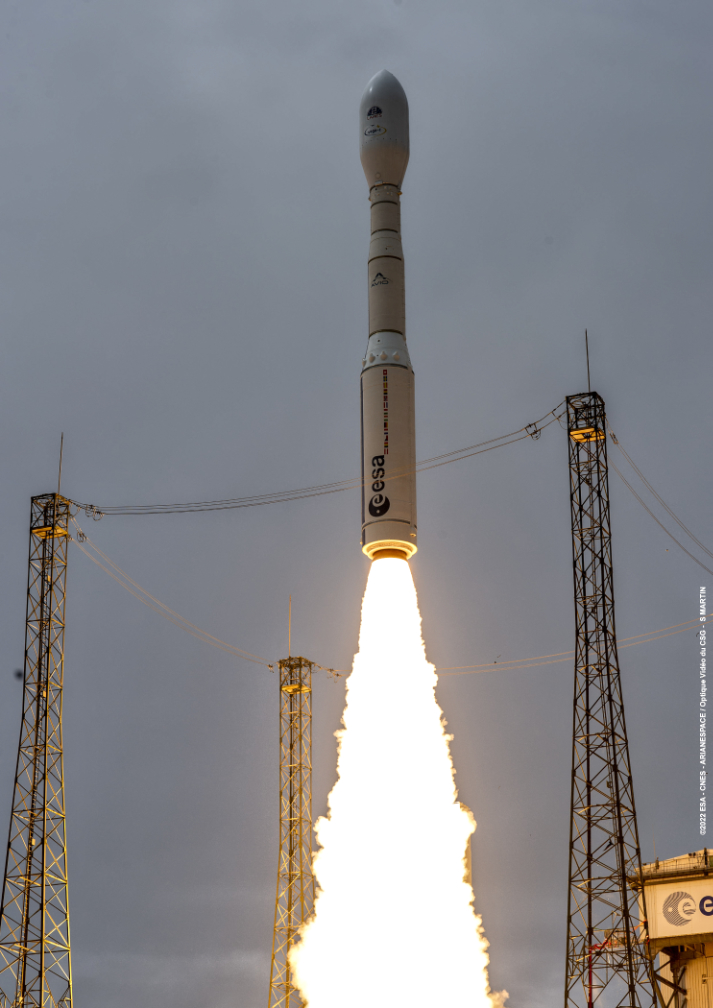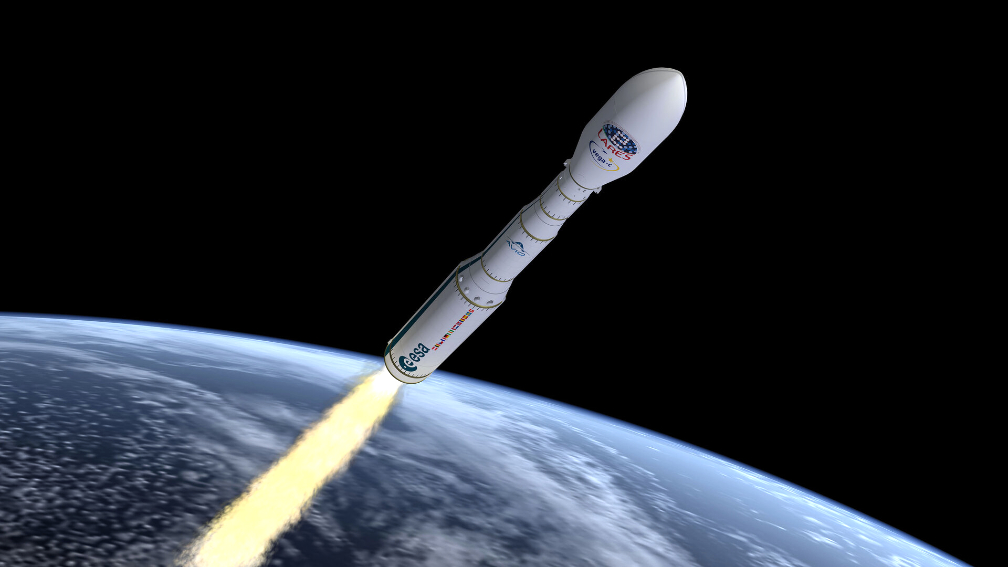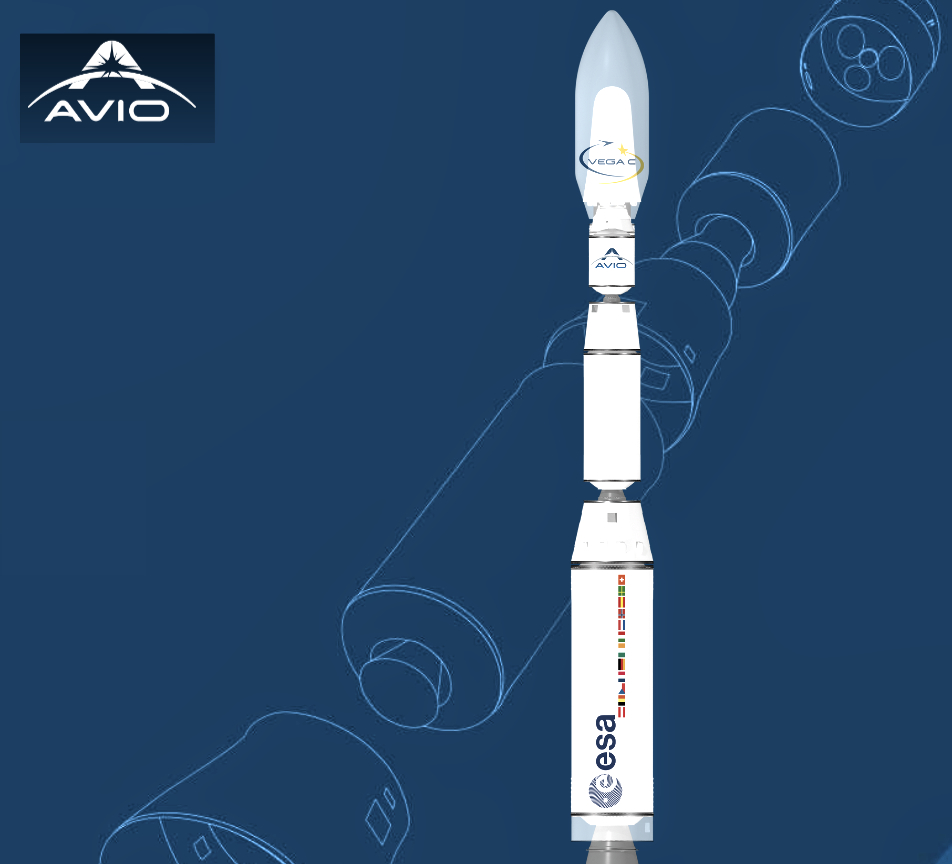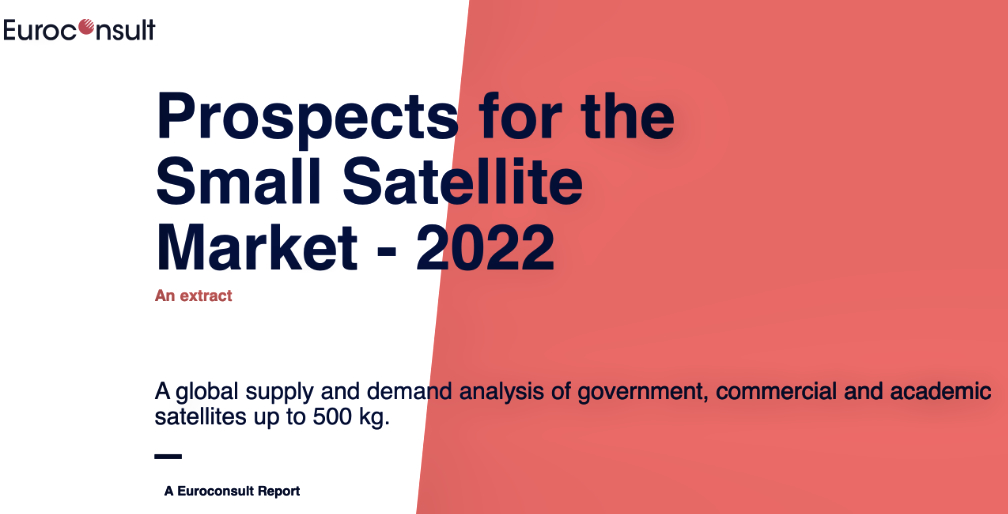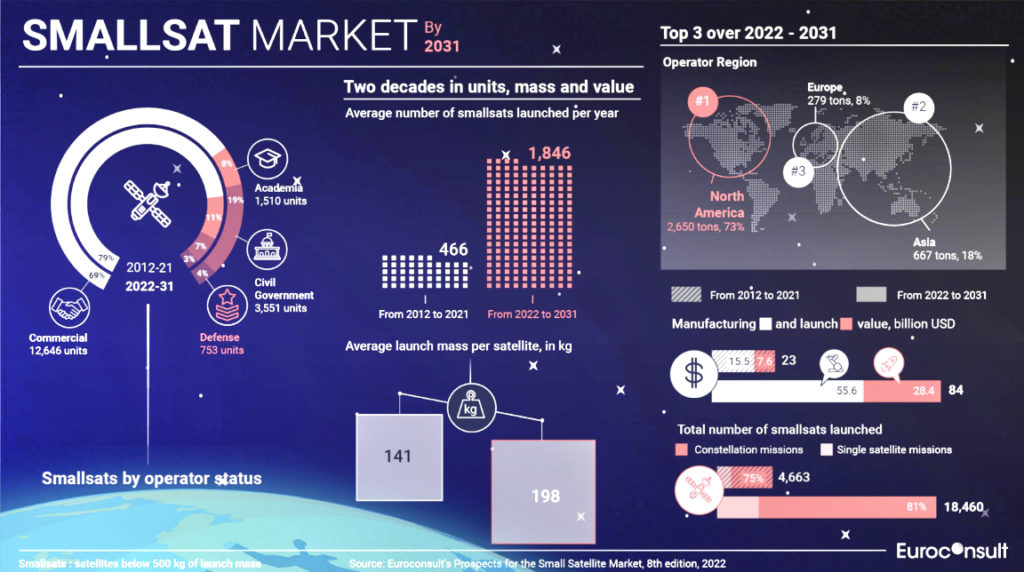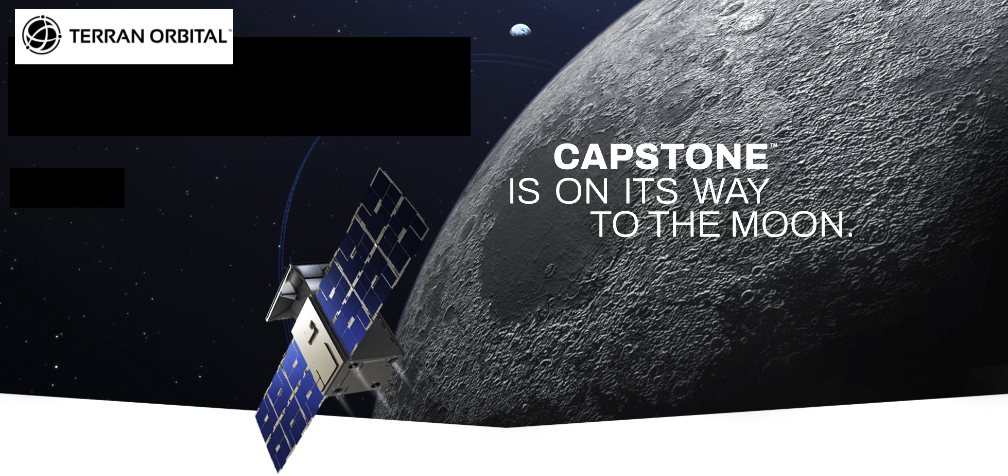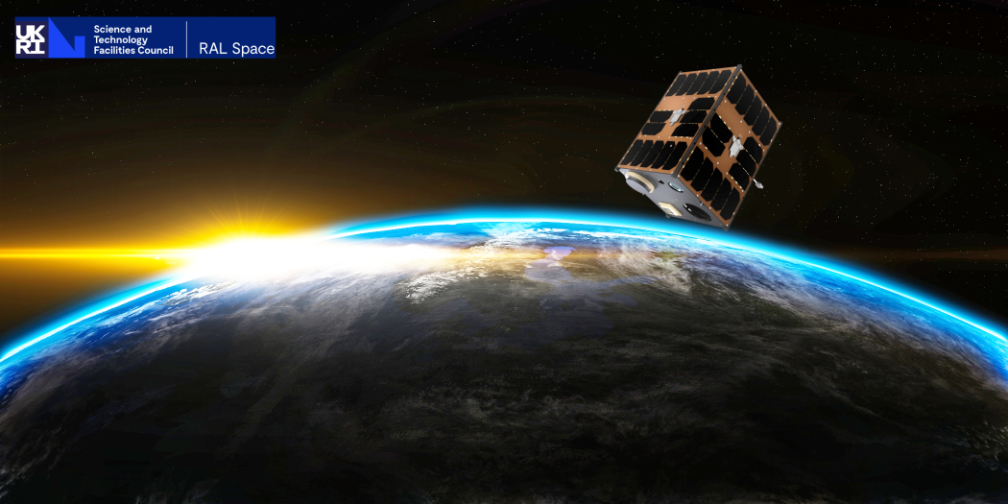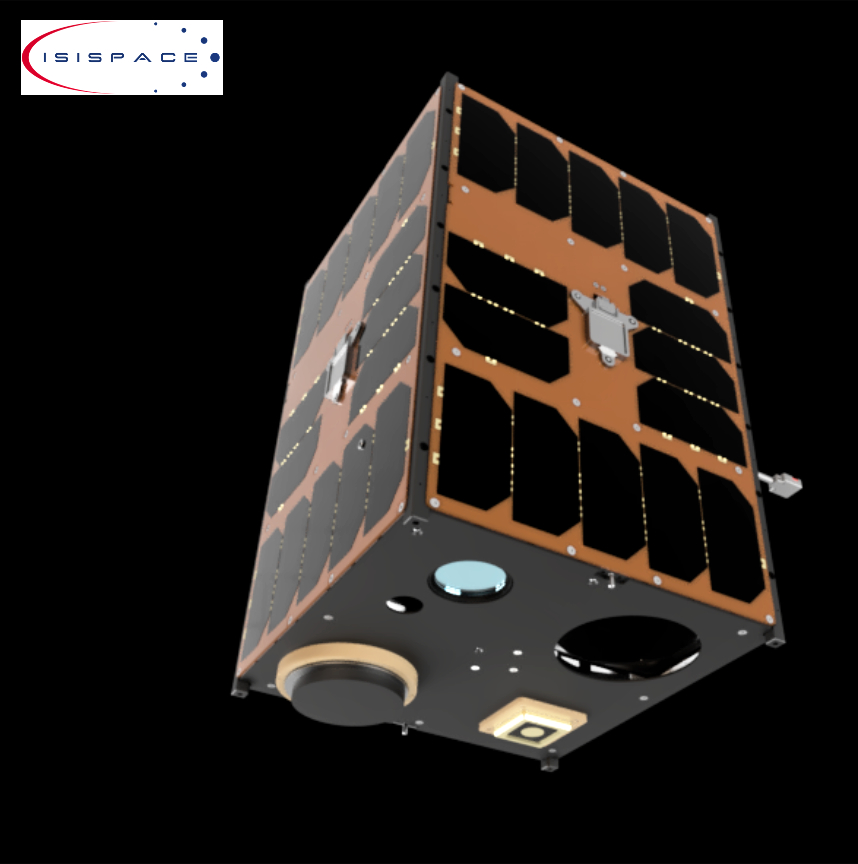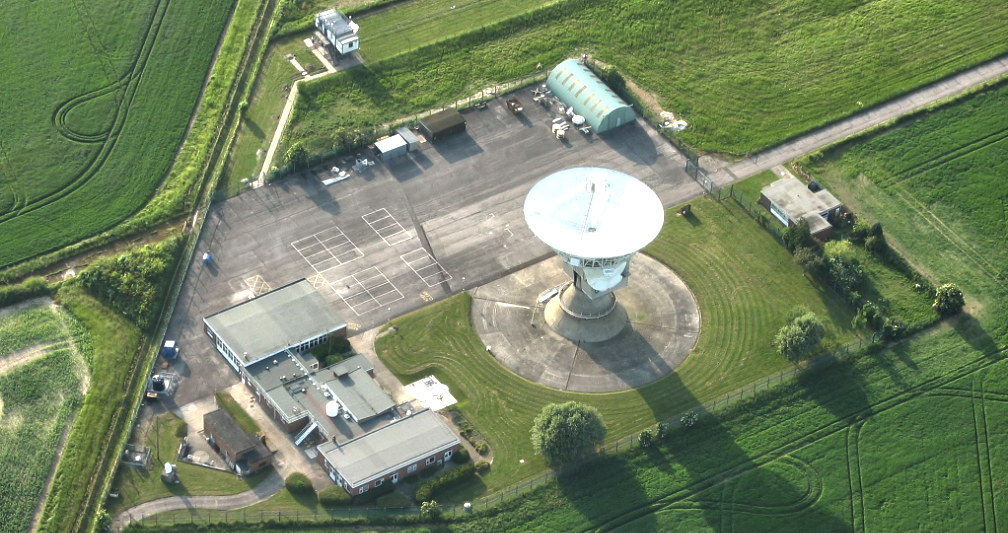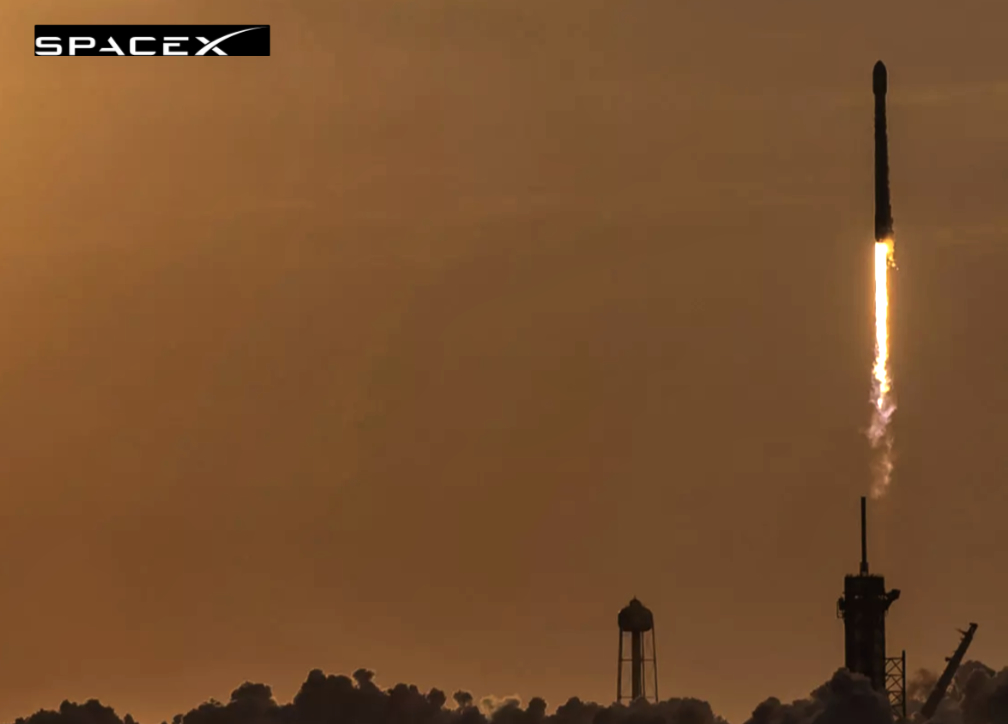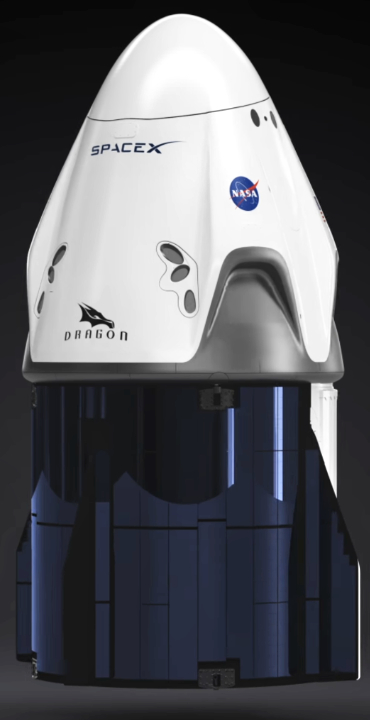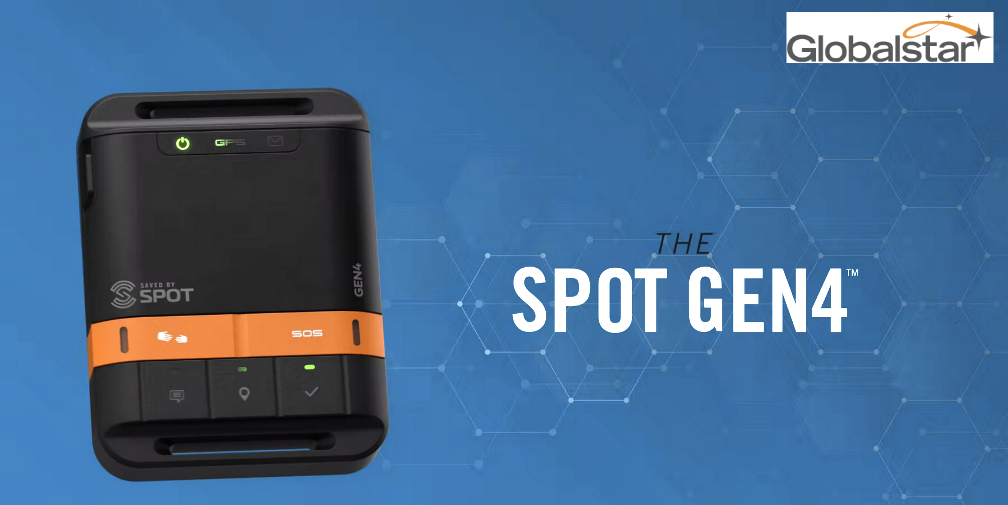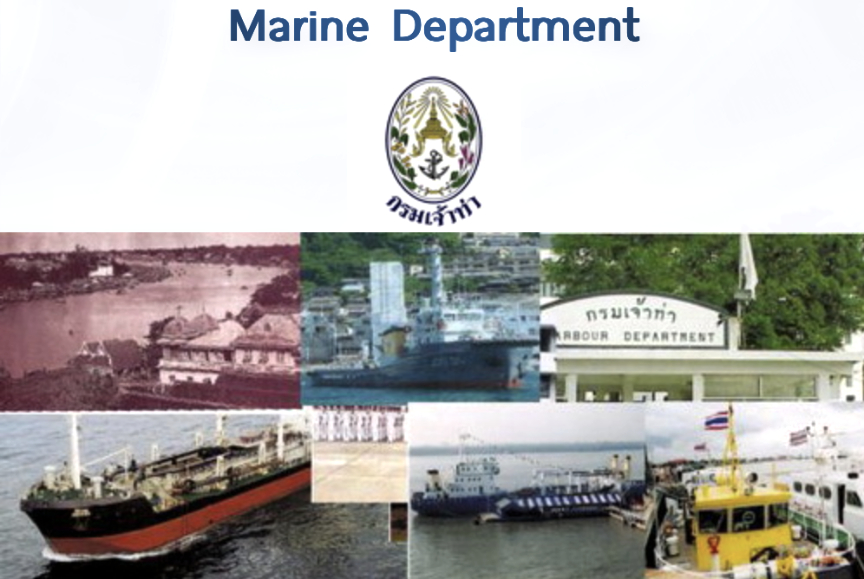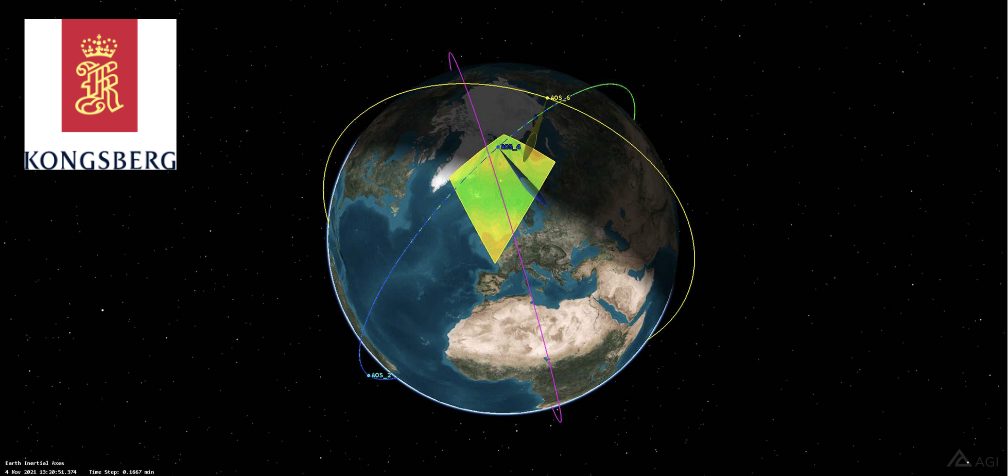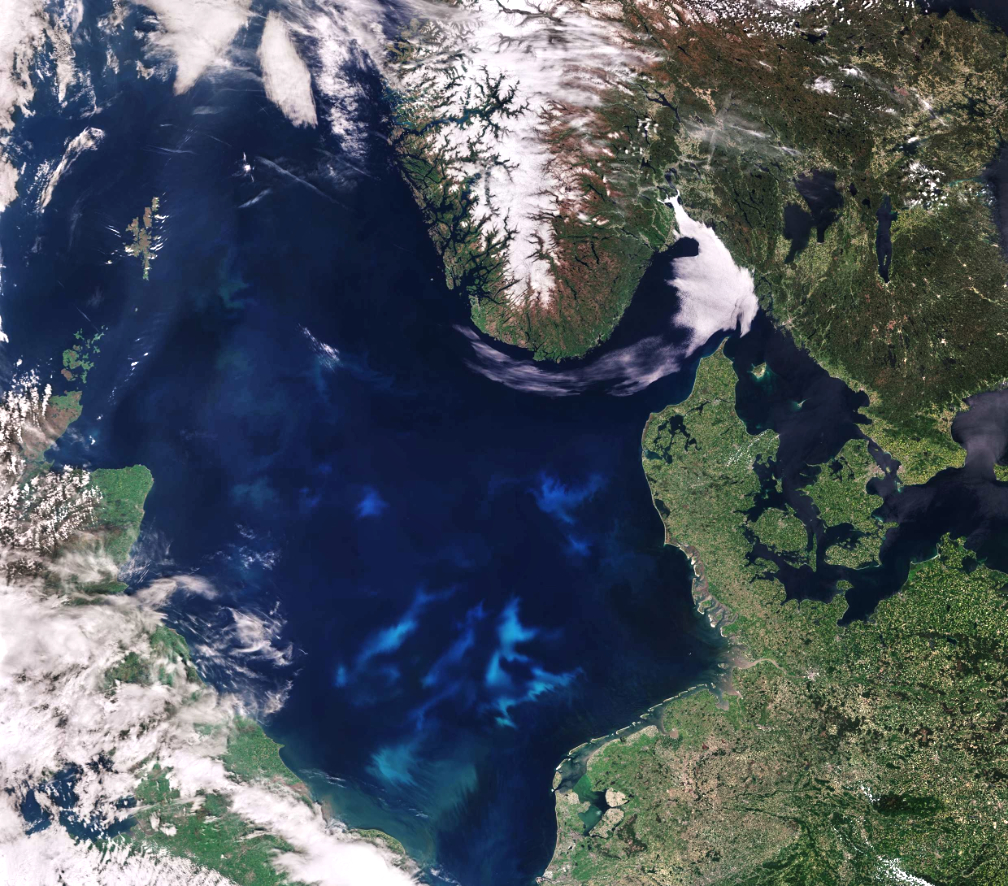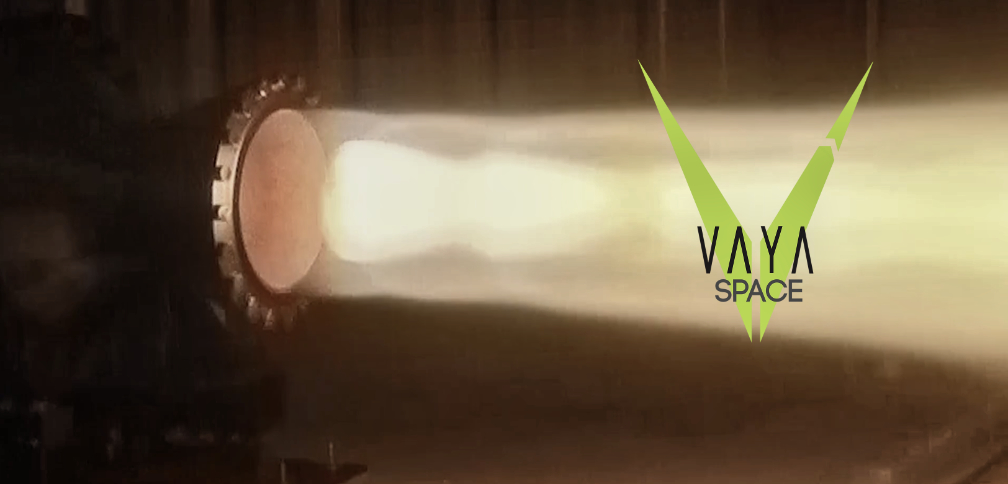
Vaya Space, Inc. has announced that All2Space has signed an exclusive contract with the company to launch their satellite constellation.
All2Space is cubesat developer and launch aggregator with Brazilian Space Agency heritage focused on Latin American operations, with plans to develop and manage their own constellation. The signing of agreement between Vaya Space and All2Space will initially focus on the Latin American market and this contract will further enhance Vaya’s first-mover advantage in the Latin American space industry.
Vaya Space successfully conducted its inaugural launch earlier this year. The Company also recently announced multiple agreements with NASA to share technology and demonstrate the company’s industry-leading engine performance at both the Stennis Space Center and at the Kennedy Space Center in Cape Canaveral, Florida. Vaya is expanding commercial operations in Florida and Brazil, leveraging their industry low-cost position and reliability.
In addition to providing launch services for All2Space, Vaya will work with All2Space affiliated Ideia Space to launch a satellite built by students in Brazil as part of their industry-specific education. Building on work with the Michaelis Foundation for Global Education and multiple U.S. universities, such as Athens State University’s STEM-SAT1 Project, this contract will further extend Vaya’s impact supporting global STEM education.
“The satellite launch sector of the space industry is expected to grow to over $1 trillion over the next decade. It represents a significant opportunity for those companies who can support this demand, and we believe we have the differentiated technology and low-cost position that will enable Vaya to gain its fair share of the market,” said Vaya Space’s new Chief Executive Officer, Brent Willis. “Being selected by Brazilian tech company All2Space to secure their supply chain for low earth orbit launch is a testament to what Vaya Space has already achieved, and we expect significant additional smallsat customers to be making similar decisions in the near future.”

